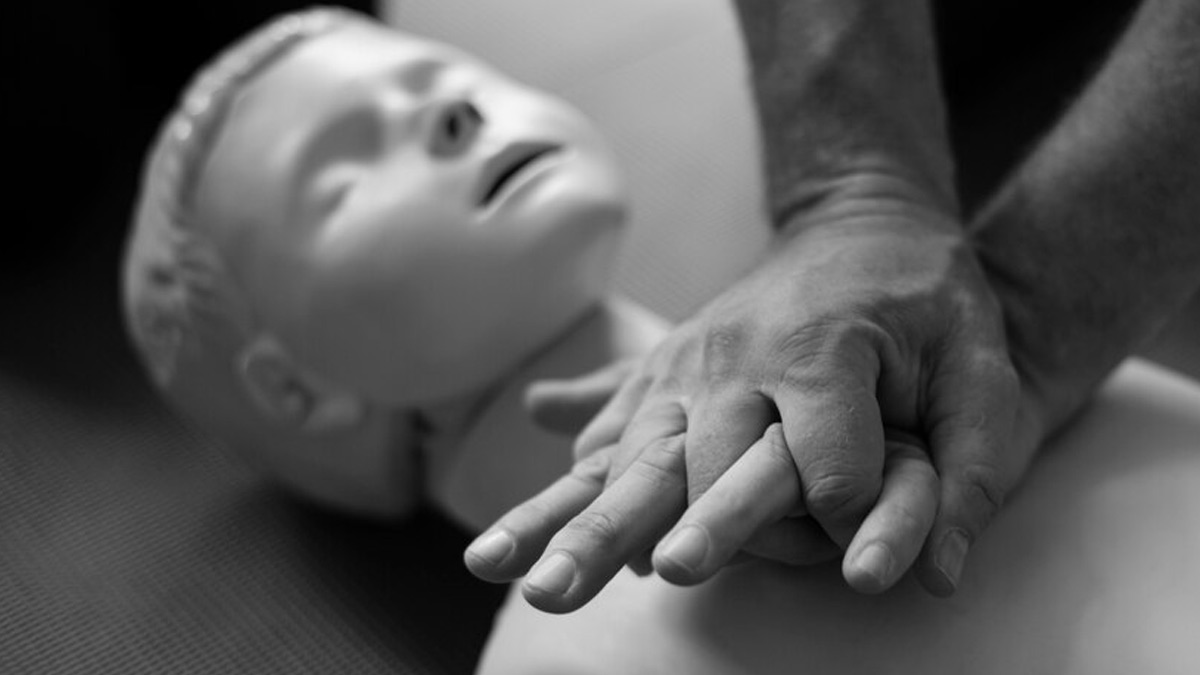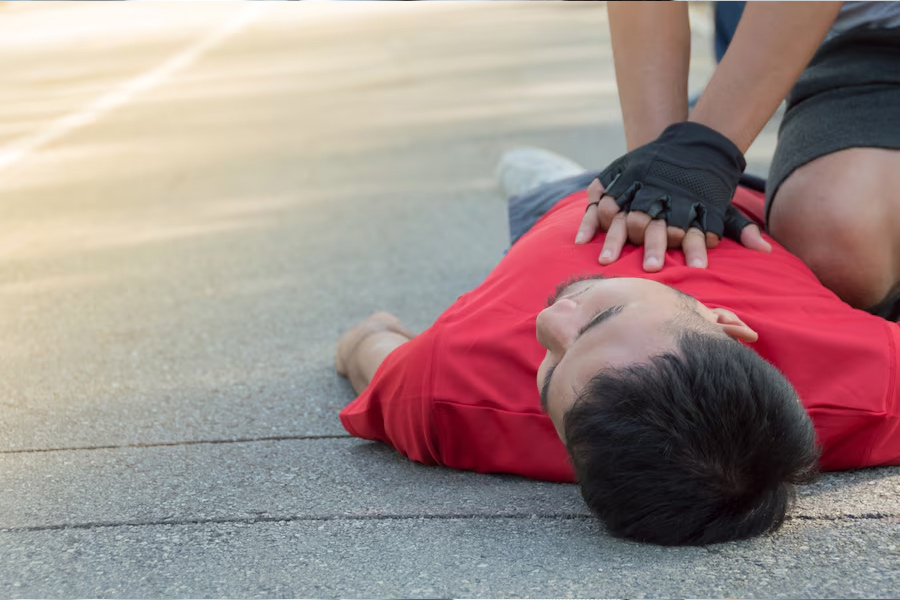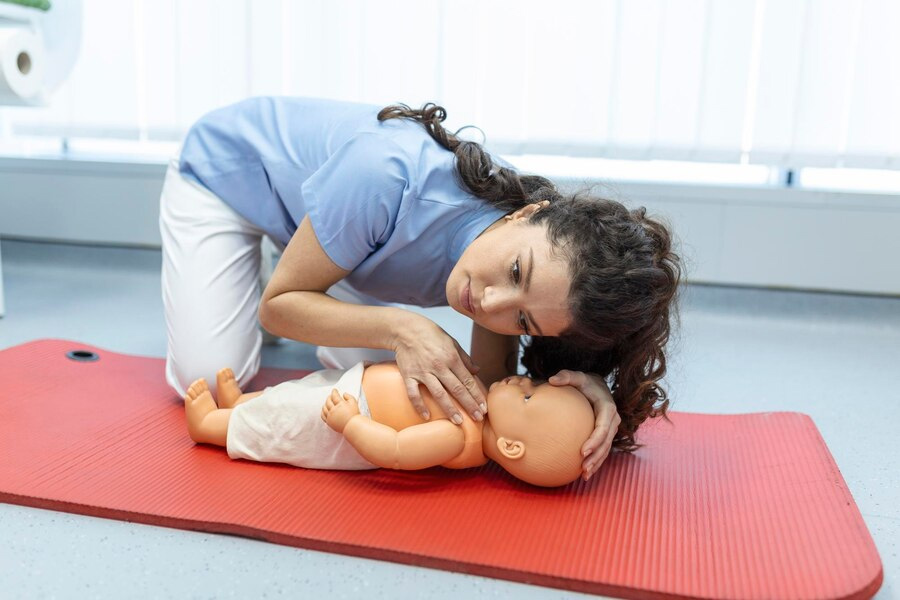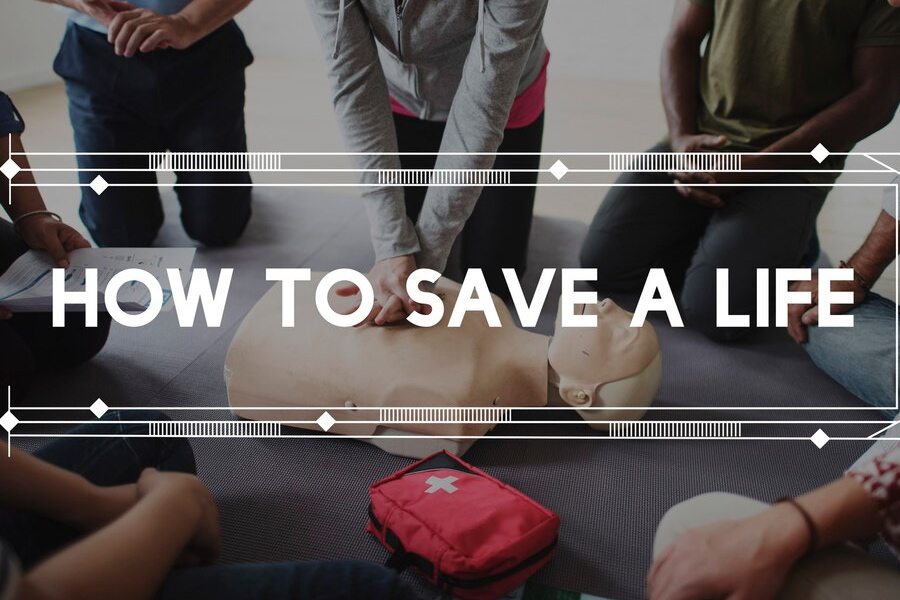
Health emergencies like heart attacks and cardiac arrests can happen at any point in time. There is no way to predict them until and unless there are noticeable signs long before the occurrence of the attack, which is rarely the case. This is why such conditions are often referred to as 'silent' killers.
Table of Content:-
During such emergency situations, life-saving procedures like Cardiopulmonary Resuscitation (CPR) come into play. While doctors are equipped to perform this procedure on people, laypeople can also perform it to save lives. But the question is, how do we know if a person really needs CPR? More importantly, how is the correct way to perform it?
What Is CPR?

CPR is a useful technique that can help save lives. It is mainly performed in emergency situations, in which a person either stops breathing or if their heartbeat halts.
According to the American Heart Association (AHA), CPR is an effective way to increase the chances of survival for people who have sudden cardiac arrest. In fact, it is said to double or triple the possibility of survival for patients.
Cardiac arrest is when the heart abruptly stops beating, which means it stops pumping blood and cuts off the flow to the brain and other vital organs. As per the National Heart, Lung, and Blood Institute, it is a medical emergency, and nine out of ten people who have a cardiac arrest outside of a hospital die, often within minutes.
How To Know If A Person Needs CPR?

Unfortunately, only about 40% of people who experience an out-of-hospital cardiac arrest (OHCA) get the immediate help that they need before professional help arrives, says the AHA. It cites the 2023 Heart Disease and Stroke Statistics, which suggests that among the over 356,000 OHCAs that occurred, only 40.2% received bystander CPR.
It is important to note that it is not enough to just know how to give CPR; a person should also be able to understand and assess who needs it and when.
For someone going into a cardiac arrest, CPR is crucial. Here’s how you can identify it:
- Sudden collapse
- No pulse
- No breathing
- Loss of consciousness
- Other symptoms may include:
- Chest pain
- Shortness of breath
- Weakness
- Increased heart rate and palpitations
CPR may also come in handy in the event of a heart attack, which occurs when blood flow to a part of the heart muscle is blocked, usually due to a blood clot. Some of the symptoms include:
- Pressure, tightness, and squeezing in the centre of the chest
- Pain or discomfort that radiates to the arms, neck, jaw, shoulder blades, back, or even the stomach
- Difficulty breathing
- Profuse sweating
- Dizziness or lightheadedness
- Unusual fatigue, unrelated to physical exertion
How To Perform CPR Correctly?

In an interaction with the OnlyMyHealth team, Dr Subrat Akhoury, Director-Cath Lab and Interventional Cardiologist and Head, Asian Hospital, Faridabad, shares some emergency steps to take in the event of a heart attack or a cardiac arrest. This includes:
Feeling the pulse
One way to check for the pulse is to place two fingers on the person's wrist or neck and feel for a strong and steady beat. You can also place your ear over the person’s chest to check for their heartbeat.
Also Read: 7 Warning Signs Of Sudden Cardiac Arrest
Initiate CPR right away
In case you are not able to find a pulse or if the person stops breathing, it is essential to start CPR right away.
Dr Akhoury says, "CPR makes use of rescue breathing and chest compressions to pump oxygen and blood to the heart and brain."
Here's how you can perform CPR correctly:
Step 1: Place the person carefully on their back and kneel beside them.
Step 2: Tilt their head back and lift their chin.
Step 3: Check for any obstruction in the mouth or throat, such as food or vomit.
Step 4: Place one of your hands on top of the other and clasp them together over the chest.
Step 5: Push your hands down hard in the middle of the person’s chest. Use the heel of your hand.
Step 6: Perform 100–120 chest compressions per minute, but ensure that you let the chest come all the way up between compressions. Continue performing the same until help arrives.
Meanwhile, it is important to dial the ambulance or check for the nearest hospital. Continue reaching out to them for support.
Also watch this video
How we keep this article up to date:
We work with experts and keep a close eye on the latest in health and wellness. Whenever there is a new research or helpful information, we update our articles with accurate and useful advice.
Current Version
